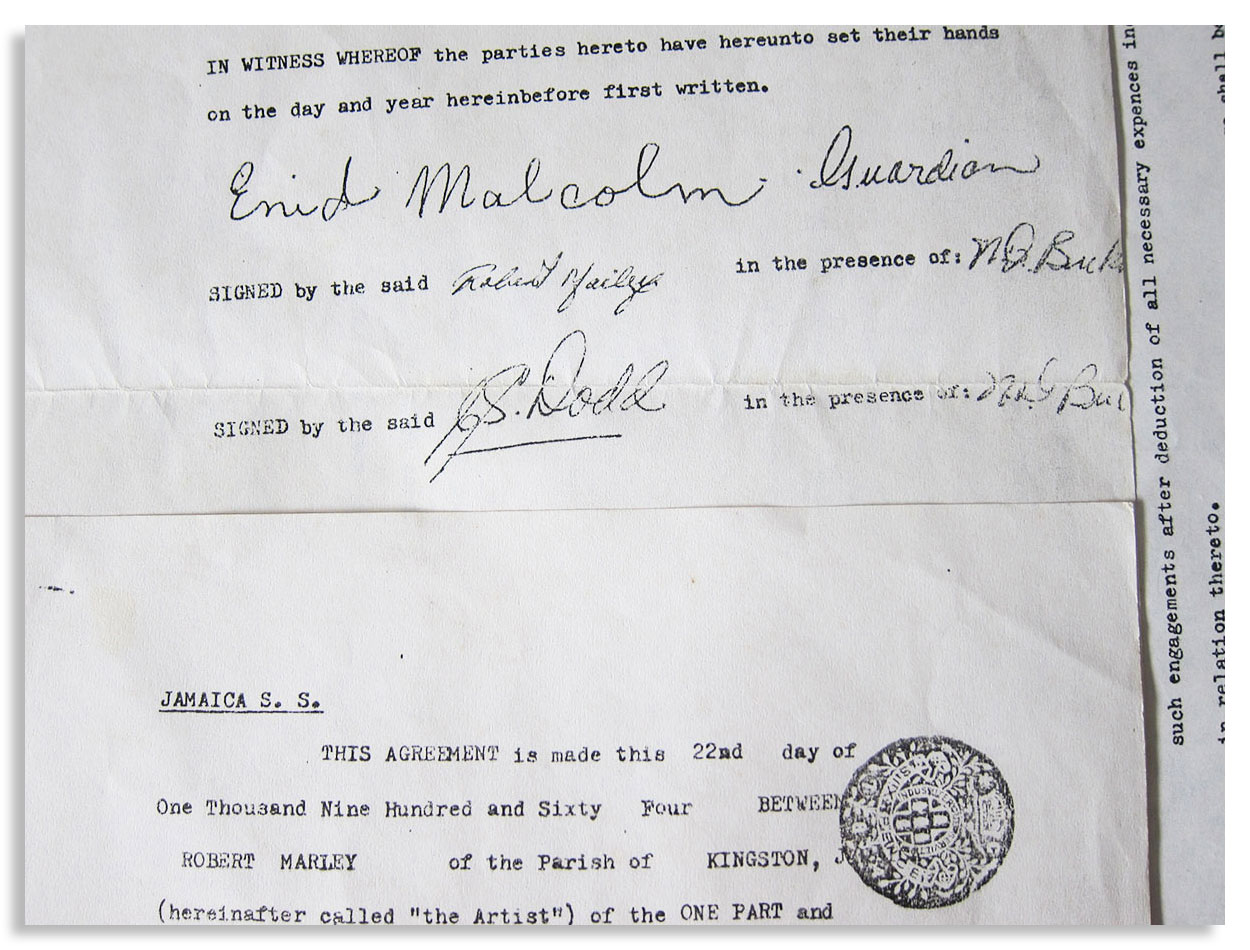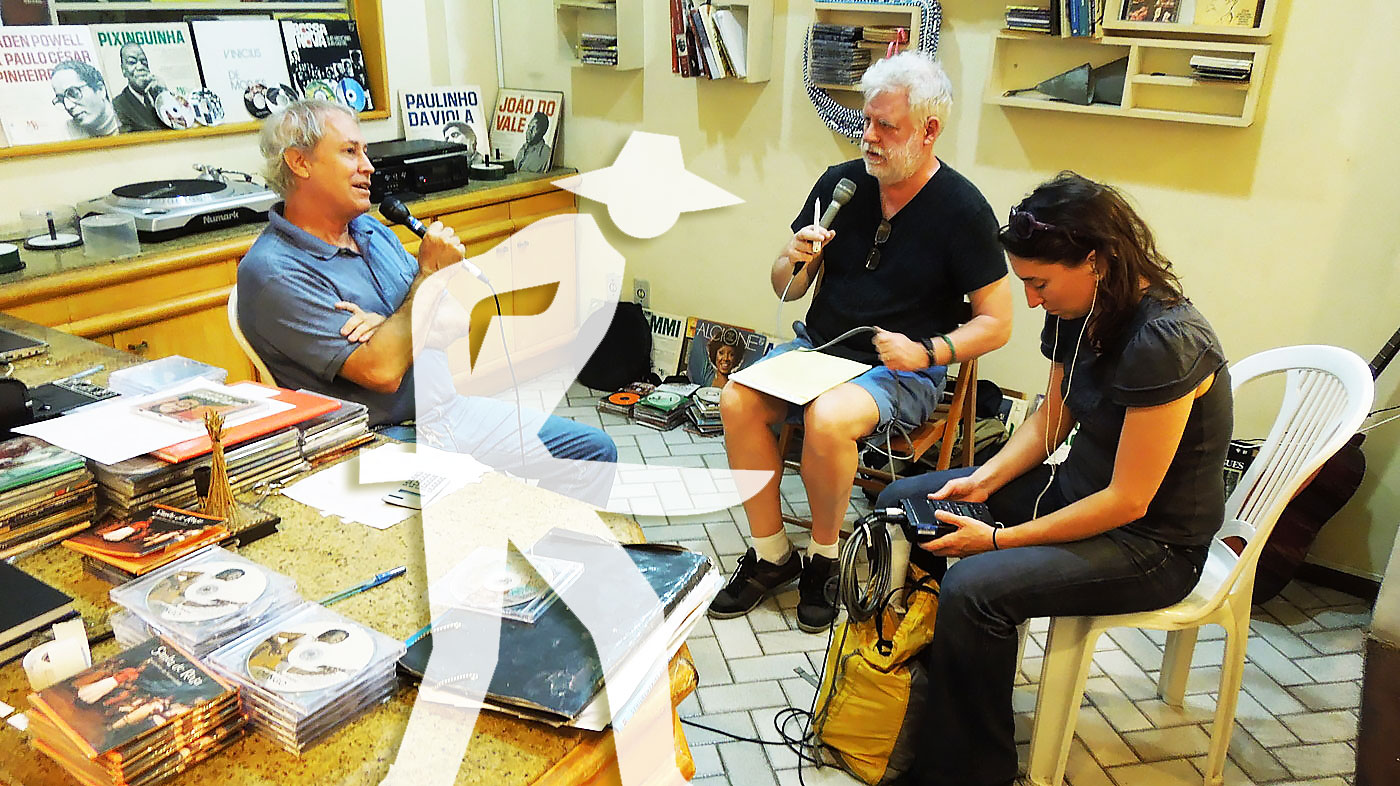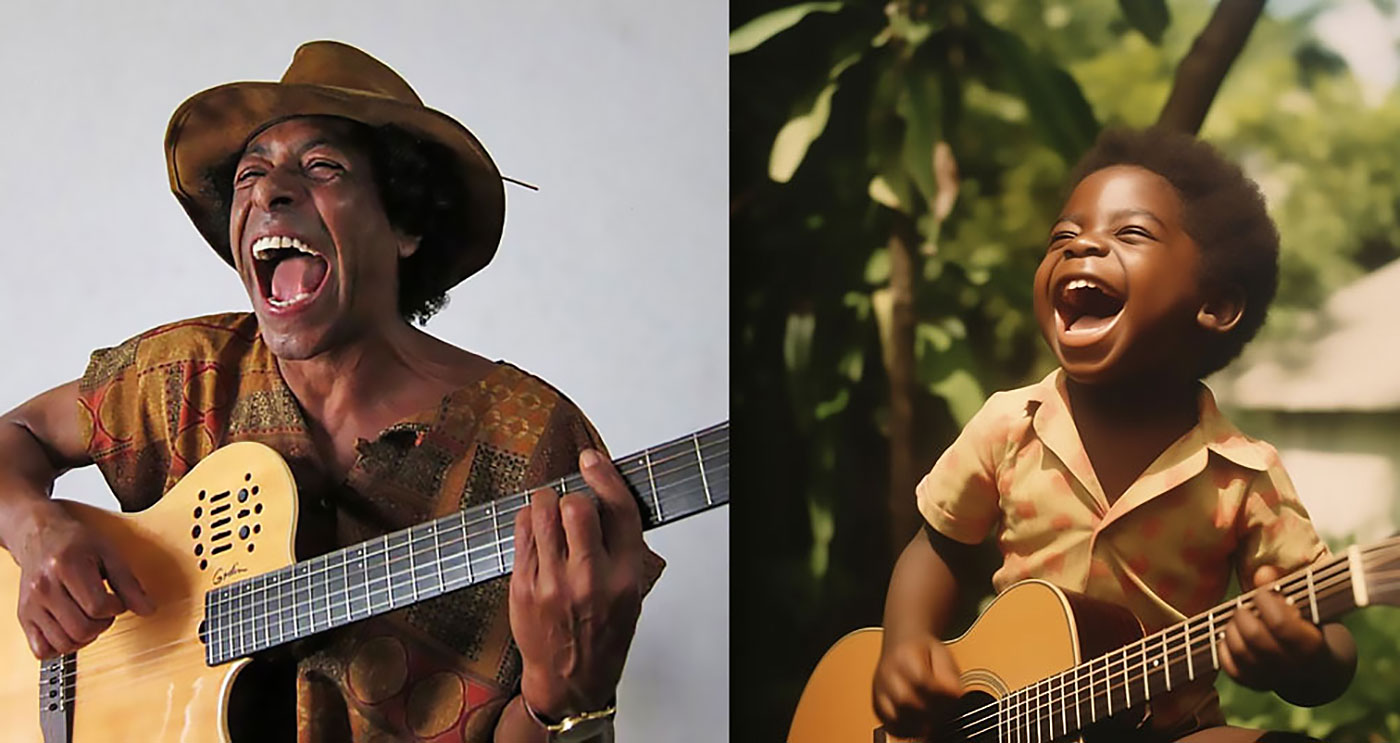CURATION
- from this page: by Augmented Matrix
Network Node
- Name: Béla Fleck
- City/Place: Nashville, Tennessee
- Country: United States
Life & Work
-
Bio:
Béla was born on July 10,1958 and raised in New York City. While watching The Beverly Hillbillies as a young boy, the bluegrass sounds of Flatt & Scruggs flowed out of the TV set and into his young brain. Earl Scruggs’s banjo style hooked Béla’s interest immediately. “It was like sparks going off in my head,” he later said.
The banjo didn’t become a full time passion until ’73, when his grandfather coincidentally bought him one. That week, Béla entered New York City’s, High School of Music and Art. He began studies on the French horn but was soon demoted to the chorus, due to his lack of musical aptitude. Since the banjo wasn’t an offered elective at Music and Art, Béla sought lessons through outside sources: Erik Darling, Marc Horowitz, and Tony Trischka stepped up and filled the job.
During this period, Béla played in his first bands: Brownstone Holler and Wicker’s Creek. Living in NYC, Béla was exposed to a wide variety of musical experiences. One of the most impressive was a concert by Return to Forever, featuring Chick Corea and Stanley Clarke. This concert encouraged further experimenting with rock and jazz on the banjo, signs of things to come.In 1976, he started his professional career, playing with Boston-based Tasty Licks.
In 1979, he moved to the bluegrass heartland, Lexington, KY, where he co-founded Spectrum with Jimmy Gaudreau, Glen Lawson, and Mark Schatz.
In 1981, Béla was invited to join the progressive bluegrass band New Grass Revival, lead by Sam Bush on mandolin, fiddle and vocals. With the addition of Pat Flynn on guitar and NGR veteran John Cowan on bass and vocals, New Grass Revival took bluegrass music to new heights, exciting audiences and critics alike. Through the course of five albums, they charted new territory with their blend of bluegrass, rock and country music. The relentless national and international touring by NGR exposed Béla’s banjo playing to the bluegrass/acoustic music world.
During the eight and a half years Béla spent with NGR, he continued to record a series of solo albums for Rounder, including the ground breaking 1988 album Drive. He also collaborated with Sam Bush, Jerry Douglas, Edgar Meyer and Mark O’Connor in an acoustic super-group called Strength in Numbers. Their MCA release, The Telluride Session is considered an evolutionary statement by the acoustic music community.
Now living in Nashville, TN, he found himself invited to record on albums by Garth Brooks, Dolly Parton, Randy Travis, The Oak Ridge Boys, The Gatlin Brothers, and many others.
In 1988, for the PBS Lonesome Pine Series, Béla put several musical sounds together with his banjo, a string quartet, his Macintosh computer and an experimental, jazz-based combo. Howard Levy and Victor Lemonte Wooten signed on for the concert, but the group still lacked a drummer. The search was on for an unusual drummer/percussionist. Victor suggested his brother Roy Wooten, later to become known as FutureMan. Roy was developing the “Drumitar” (drum / guitar), then in its infancy. A MIDI trigger device, the Drumitar allowed FutureMan to play the drums with his fingers triggering various sampled sounds. The first rehearsal was hampered by a strong thunderstorm that knocked the electricity out for hours. The four continued on with an acoustic rehearsal and the last slot on the TV show became the first performance of Béla Fleck and the Flecktones.
Next came the self-titled CD, which Béla financed himself. The recordingattracted the attention of the folks at Warner Bros. Records. Dubbed a “blu-bop” mix of jazz and bluegrass, the Grammy-nominated album became a commercial and critical success.
The Flecktones’ second recording Flight of the Cosmic Hippo followed suit and hit #1 on the Billboard Jazz Chart.
Howard Levy toured and recorded with the Flecktones till the end of 1992. After several years as a trio and touring with special guests, saxophonist Jeff Coffin joined the ‘Tones. Famed for a non-stop touring schedule, from 2001 onward, the Flecktones performed for more than 500,000 people per year.
(In 1996, Béla revisited the forward-leaning bluegrass sound of Drive, to record Bluegrass Sessions. He added Earl Scruggs, Vassar Clements and John Hartford to the original Drive lineup of Tony Rice, Sam Bush, Jerry Douglas, Stuart Duncan, and Mark Schatz).
Still releasing albums and touring, the Flecktones have garnered a strong and faithful following among jazz and new acoustic fans. They have shared the stage with the Dave Mathews Band, Sting, Bonnie Raitt and the Grateful Dead, among many others, made several appearances on The Tonight Show, both the Johnny Carson and the Jay Leno days, as well as Arsenio Hall, and Conan O’Brian. Béla also appeared on Saturday Night Live and The Late Show with David Letterman. The Flecktones went on tour with Dave Matthews Band in 1996 and 1997, and Fleck is featured on several tracks on DMB’s 1998 album Before These Crowded Streets.
In 2003, Béla Fleck and the Flecktones simultaneously released the landmark three-disc Little Worlds with a highlights disc entitled Ten From LittleWorlds.
In 2006 the band released The Hidden Land, which won the Grammy for BestContemporary Jazz Album in 2007. In 2008, the band’s holiday album Jingle All The Way was released, and took home the Grammy for Best Pop Instrumental Album in 2009.
Béla went to Africa in 2006 to film and record Throw Down Your Heart, a sprawling project that included an award-winning documentary and two Grammy winning albums, Throw Down Your Heart, Tales from the Acoustic Planet Vol. 3 (2010), and Throw Down Your Heart – The Africa Sessions, Vol. 2 (2011). Both earned Grammys for Best Contemporary World Music Album.
The journey explored the African roots of the banjo and featured collaborations with incredible African musicians. It led to extensive tours in North America and Europe with Oumou Sangare, Toumani Diabate, Bassekou Kouyate and N’Goni Ba, among many others.
Any world-class musician born with the names Béla (for Bartok), Anton (for Weburn) and Léos (for Janacek) would seem destined to play classical music.
Already a powerfully creative force in bluegrass, jazz, pop, rock and world music, Béla made the classical connection with Perpetual Motion, his critically acclaimed 2001 Sony Classical recording that went on to win a pair of Grammys, including Best Classical Crossover Album, in the 44th annual Grammy Awards.
Collaborating and co-producing Perpetual Motion was his longtime friend andcolleague, Edgar Meyer, an acclaimed composer and bassist whose virtuosity defies labels. Béla and Edgar co-wrote and performed a double concerto for banjo and bass, which they debuted with the Nashville Symphony Orchestra in 2003. They also co-wrote The Melody of Rhythm with world renowned tabla virtuoso Zakir Hussain, a triple concerto for banjo, bass and tabla. They recorded it with the Detroit Symphony Orchestra, and played trio and concerto shows around the world.
2008 found Bela recording The Enchantment, a duet record with his hero, Chick Corea. This album won a Latin Grammy and has led to a fruitful ongoing duo tour, and recently a double live album, Two (2015).
In 2011, through a commission with the Nashville Symphony Orchestra, Béla wrote and premiered his first stand-alone banjo concerto, The Impostor, accompanied by the documentary film, How to Write a Banjo Concerto. This work, along with his new quintet for banjo and string quartet, Night Flight Over Water, was released on the prestigious Deutche Gramophone label. Dedicated to Earl Scruggs, who attended the Nashville premiere, Fleck has performed the concerto worldwide over 40 times. In 2016, Fleck premiered The Juno Concerto with the Canton Symphony Orchestra, with a third banjo concerto planned for 2018.
In 2013, he joined forces with his wife, clawhammer banjoist and singer Abigail Washburn for a very banjo-centric recording and touring project. The impetus was the birth of their son Juno. Along with the obvious musical chemistry, this family band would keep their family together – on tour. Their debut album Béla Fleck and Abigail Washburn took home the 2016 Grammy for Best Folk album.
In recent years he’s found himself bouncing between various intriguing touring situations, such as duos with Chick Corea, Chris Thile and Abigail Washburn, in a trio with Zakir Hussain and Edgar Meyer, performing his concertos with symphonies, concerts with the Brooklyn Rider string quartet, performances with African artists such as Oumou Sangare and Toumani Diabate, in jazz collaboration with The Marcus Roberts Trio, rare solo concerts and doing bluegrass with his old friends. And after nearly 30 years, the Flecktones are still performing together.
The recipient of multiple Grammy Awards and nominations going back to 1998, Béla Flecks’ total Grammy count is 15 Grammys won, with 30 nominations. He has been nominated in more categories than any instrumentalist in Grammy history.
Contact Information
-
Management/Booking:
Artist Management
David Bendett, Artists, Inc.
(310) 278-5657
[email protected]
Booking
Béla Fleck, Béla Fleck & The Flecktones, Béla Fleck & Abigail Washburn, Chick Corea & Béla Fleck, Béla Fleck & Marcus Roberts Trio
Jamie Ziefert
Ted Kurland Agency
(617) 254-0007
[email protected]
Classical
Rob Berretta
Opus 3 Artists
(212) 584-7513
[email protected]
Samantha Cortez
(212) 584-7571
[email protected]
Edgar Meyer, Béla Fleck, and Zakir Hussain
Dean Schultz
IMG Artists
(212) 994-3500
(212) 994-3550 fax
Press
Carla Parisi
Kid Logic Media
(973) 563-8204
[email protected]
Production
Richard Battaglia
(615) 9693877
[email protected]
Media | Markets
- ▶ Buy My Music: http://store.belafleck.com/collections/cds
- ▶ Buy My Vinyl: http://store.belafleck.com/collections/vinyl
- ▶ Buy My Merch: http://store.belafleck.com/collections/apparel
- ▶ Twitter: belafleckbanjo
- ▶ Instagram: belafleckbanjo
- ▶ Website: http://www.belafleck.com
- ▶ YouTube Channel: http://www.youtube.com/user/belafleckbanjo
- ▶ YouTube Music: http://music.youtube.com/channel/UCMGaDk8IP3a8q0Gq1tBXjDg
- ▶ Spotify: http://open.spotify.com/album/58VJzBF0hLb6ylVHdn1XB0
- ▶ Spotify 2: http://open.spotify.com/album/4rH9VV4BP2CU8otrd3uXQQ
- ▶ Spotify 3: http://open.spotify.com/album/5AjD7hY9hMWVC5ZWGerBv4
- ▶ Spotify 4: http://open.spotify.com/album/3iIBAbZkNYkvyEXdRe6pIZ
- ▶ Spotify 5: http://open.spotify.com/album/0KclPgeyUzBKU4pic1to9z
- ▶ Spotify 6: http://open.spotify.com/album/34rQGJXHlECil6fZUIHm7q
Clips (more may be added)
The Matrix is a small world network. Like stars coalescing into a galaxy, creators in the Matrix mathematically gravitate to proximity to all other creators in the Matrix, no matter how far apart in location, fame or society. This gravity is called "the small world phenomenon". Human society is a small world network, wherein over 8 billion human beings average 6 or fewer steps apart. Our brains contain small world networks...
![]() Wolfram MathWorld on the Small World Phenomenon
Wolfram MathWorld on the Small World Phenomenon
![]() Matemática Wolfram sobre o Fenômeno Mundo Pequeno
Matemática Wolfram sobre o Fenômeno Mundo Pequeno
"In a small world, great things are possible."

It's not which pill you take, it's which pathways you take. Pathways originating in the sprawling cultural matrix of Brazil: Indigenous, African, Sephardic and then Ashkenazic, European, Asian... Matrix Ground Zero is the Recôncavo, contouring the Bay of All Saints, earthly center of gravity for the disembarkation of enslaved human beings — and the sublimity they created — presided over by the ineffable Black Rome of Brazil: Salvador da Bahia.
("Black Rome" is an appellation per Caetano Veloso, son of the Recôncavo, via Mãe Aninha of Ilê Axé Opô Afonjá.)
"Dear Sparrow: I am thrilled to receive your email! Thank you for including me in this wonderful matrix."
—Susan Rogers: Personal recording engineer for Prince, inc. "Purple Rain", "Sign o' the Times", "Around the World in a Day"... Director of the Berklee Music Perception and Cognition Laboratory
"Thanks! It looks great!....I didn't write 'Cantaloupe Island' though...Herbie Hancock did! Great Page though, well done! best, Randy"
"We appreciate you including Kamasi in the matrix, Sparrow."
—Banch Abegaze: manager, Kamasi Washington
"This is super impressive work ! Congratulations ! Thanks for including me :)))"
—Clarice Assad: Pianist and composer with works performed by Yo Yo Ma and orchestras around the world
"Dear Sparrow, Many thanks for this – I am touched!"
—Julian Lloyd-Webber: UK's premier cellist; brother of Andrew Lloyd Webber (Evita, Jesus Christ Superstar, Cats, Phantom of the Opera...)
"Thanks, this is a brilliant idea!!"
—Alicia Svigals: World's premier klezmer violinist
Developed here in the Historic Center of Salvador da Bahia ↓ .
![]() Bule Bule (Assis Valente)
Bule Bule (Assis Valente)
"♫ The time has come for these bronzed people to show their value..."
Production: Betão Aguiar
MATRIX MODUS OPERANDI
Recommend somebody and you will appear on that person's page. Somebody recommends you and they will appear on your page.
Both pulled by the inexorable mathematical gravity of the small world phenomenon to within range of everybody inside.
And by logical extension, to within range of all humanity outside as well.
MATRIX (PARDAL)
I'm Pardal here in Brazil (that's "Sparrow" in English). The deep roots of this project are in Manhattan, where Allen Klein (managed the Beatles and The Rolling Stones) called me about royalties for the estate of Sam Cooke... where Jerry Ragovoy (co-wrote Time is On My Side, sung by the Stones; Piece of My Heart, Janis Joplin of course; and Pata Pata, sung by the great Miriam Makeba) called me looking for unpaid royalties... where I did contract and licensing for Carlinhos Brown's participation on Bahia Black with Wayne Shorter and Herbie Hancock...
...where I rescued unpaid royalties for Aretha Franklin (from Atlantic Records), Barbra Streisand (from CBS Records), Led Zeppelin, Mongo Santamaria, Gilberto Gil, Astrud Gilberto, Airto Moreira, Jim Hall, Wah Wah Watson (Melvin Ragin), Ray Barretto, Philip Glass, Clement "Sir Coxsone" Dodd for his interest in Bob Marley compositions, Cat Stevens/Yusuf Islam and others...
...where I worked with Earl "Speedo" Carroll of the Cadillacs (who went from doo-wopping as a kid on Harlem streetcorners to top of the charts to working as a janitor at P.S. 87 in Manhattan without ever losing what it was that made him special in the first place), and with Jake and Zeke Carey of The Flamingos (I Only Have Eyes for You)... stuff like that.

Yeah this is Bob's first record contract, made with Clement "Sir Coxsone" Dodd of Studio One and co-signed by his aunt because he was under 21. I took it to Black Rock to argue with CBS' lawyers about the royalties they didn't want to pay (they paid).
MATRIX MUSICAL
I built the Matrix below (I'm below left, with David Dye & Kim Junod for U.S. National Public Radio) among some of the world's most powerfully moving music, some of it made by people barely known beyond village borders. Or in the case of Sodré, his anthem A MASSA — a paean to Brazil's poor ("our pain is the pain of a timid boy, a calf stepped on...") — having blasted from every radio between the Amazon and Brazil's industrial south, before he was silenced. The Matrix started with Sodré, with João do Boi, with Roberto Mendes, with Bule Bule, with Roque Ferreira... music rooted in the sugarcane plantations of Bahia. Hence our logo (a cane cutter).
A Massa (do povo carente) / The Masses (of people in need)

-
Add to my PlaylistA Massa - Raymundo Sodré (7,093 plays)
-
Add to my PlaylistSina de Cantador - Raymundo So... (6,909 plays)
-
Add to my PlaylistMagnetismo - Raymundo Sodré ... (6,353 plays)
-
Add to my PlaylistSacando a Cana - Raymundo Sodr... (5,957 plays)
-
Add to my PlaylistMêrêrê - Raymundo Sodré (5,465 plays)
-
Add to my PlaylistJardim do Amor - Raymundo Sodr... (4,677 plays)
-
Add to my PlaylistDebaixo do Céu - Raymundo Sodr... (4,151 plays)
-
Add to my PlaylistDesejo de Amar - Raymundo Sodr... (3,861 plays)
-
Add to my PlaylistOração pra Yá Oxum - Raymundo ... (3,741 plays)
-
Add to my PlaylistYá África - Raymundo Sodré (3,509 plays)
-
Add to my PlaylistMeu Rio, Cadê o Papel - Raymun... (3,177 plays)
-
Add to my PlaylistCasa de Trois - Raymundo Sodré... (2,896 plays)
-
Add to my PlaylistMulher é Laço que Prende o Coração do Vaqueiro - R... (2,556 plays)














































































































































































































































































































































































































































































